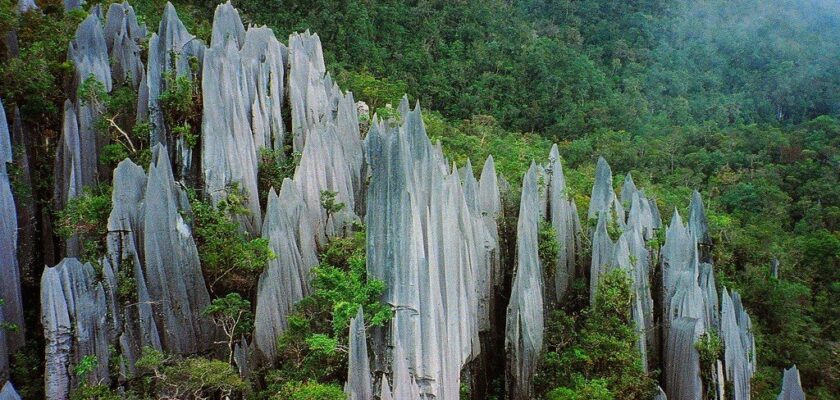Gunung Mulu National Park
Gunung Mulu is a national park in Malaysia, the park covers 53,000 hectares and is declared a UNESCO World Heritage Site because it contains one of the largest limestone cave complexes in the world.
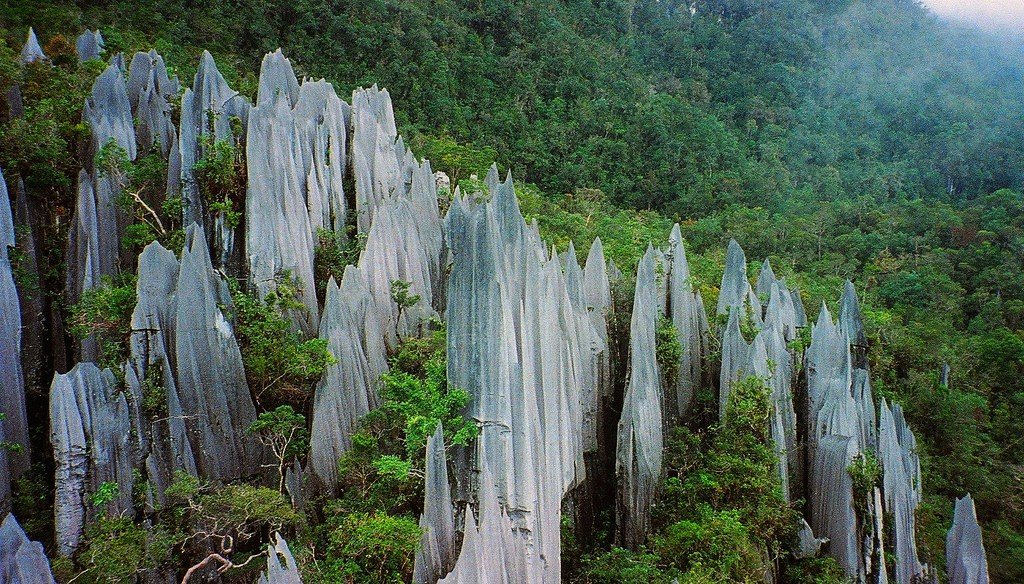
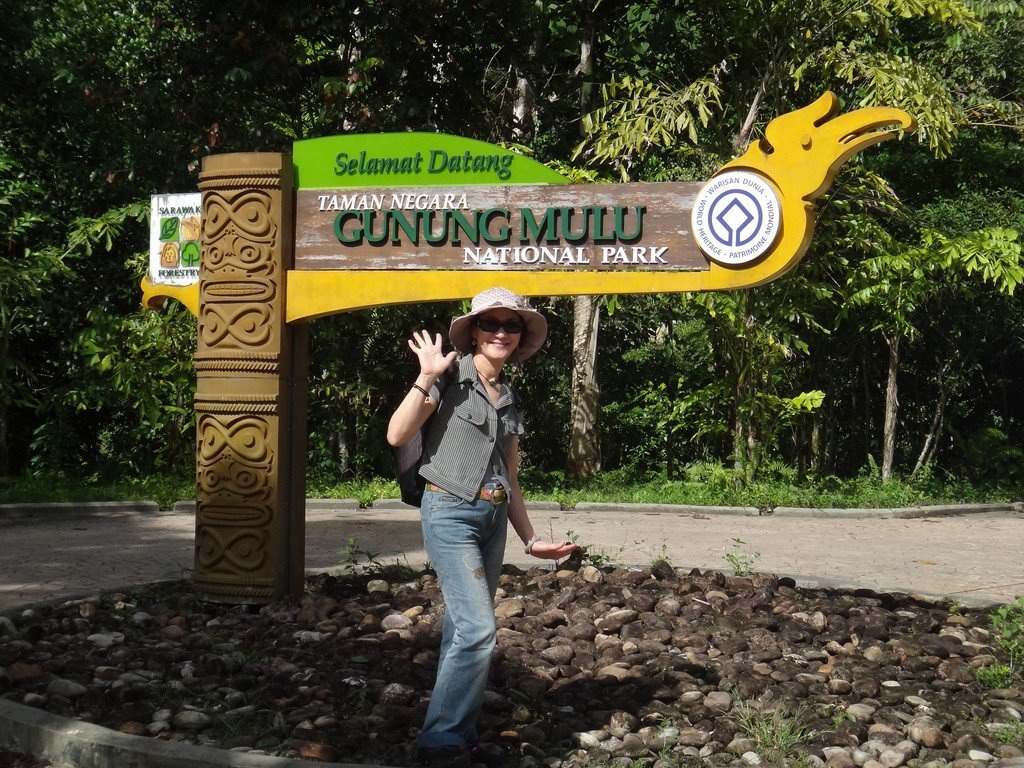
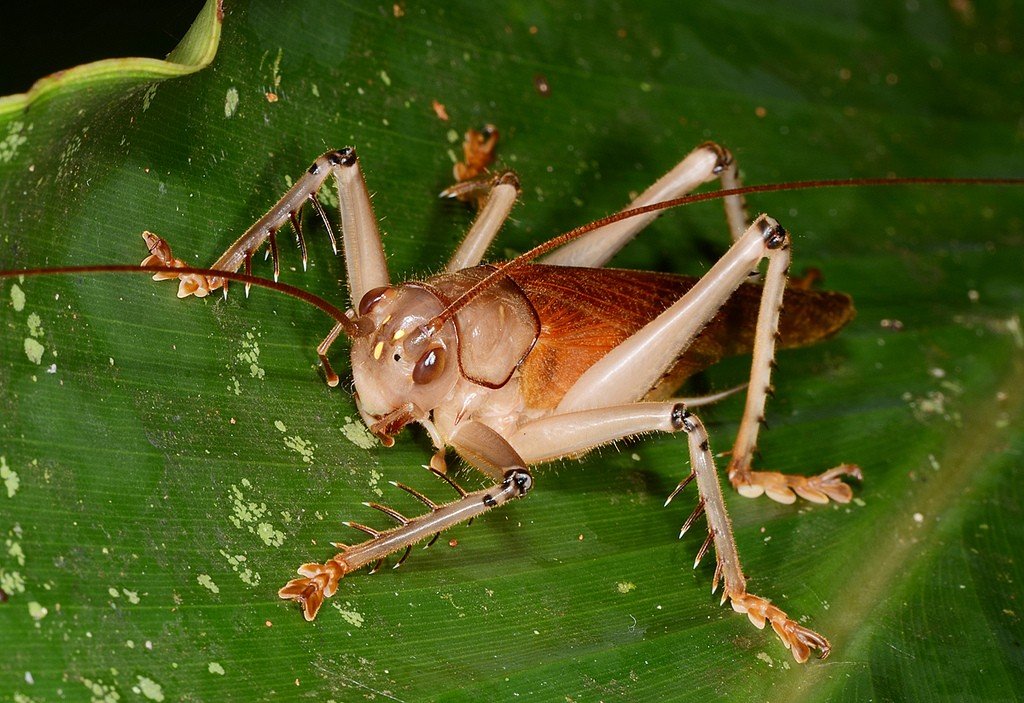
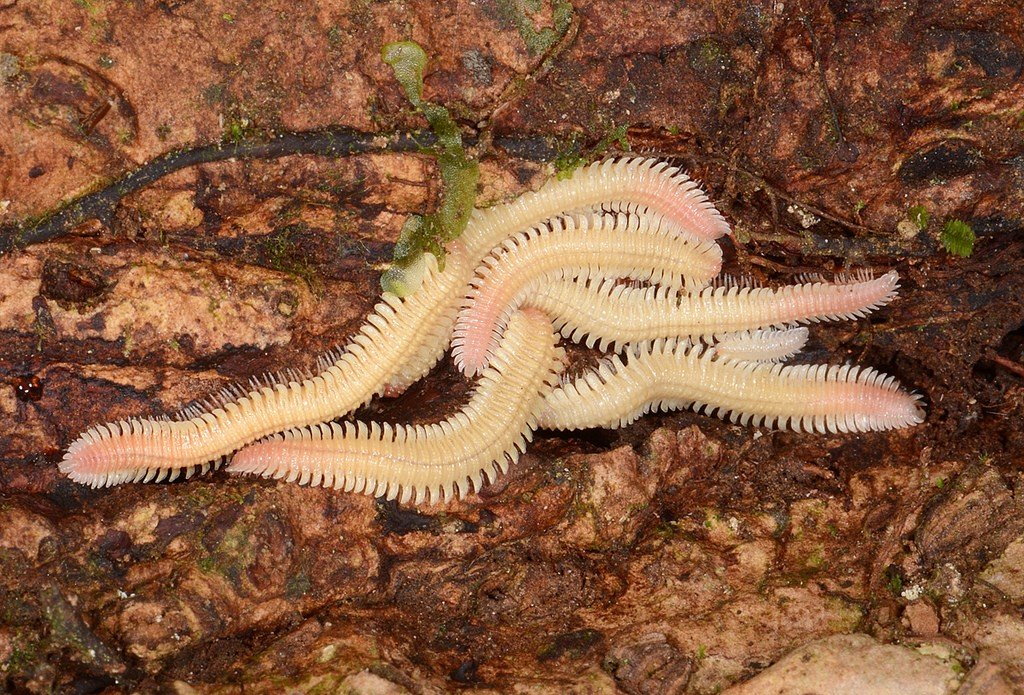
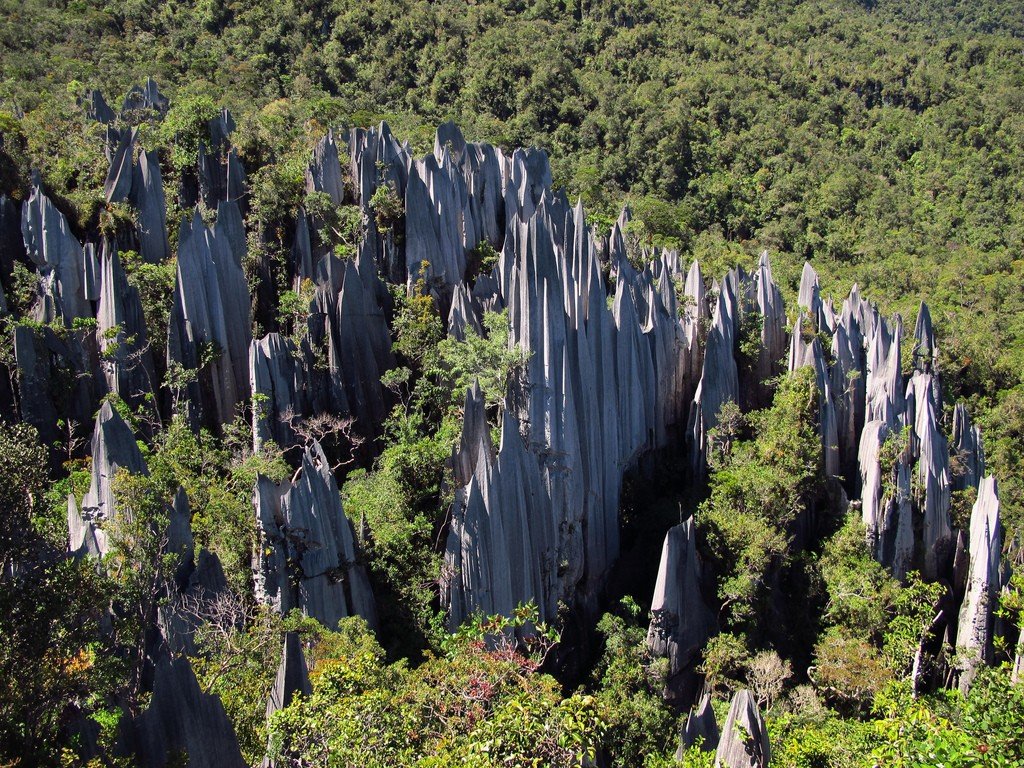
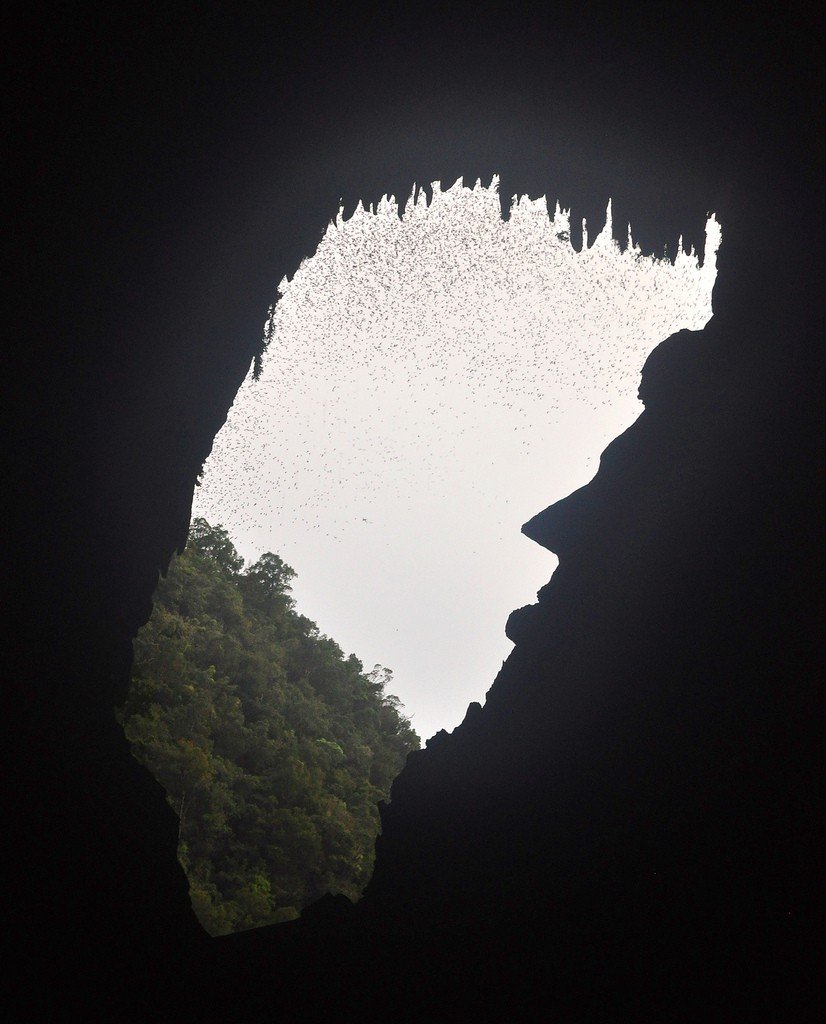
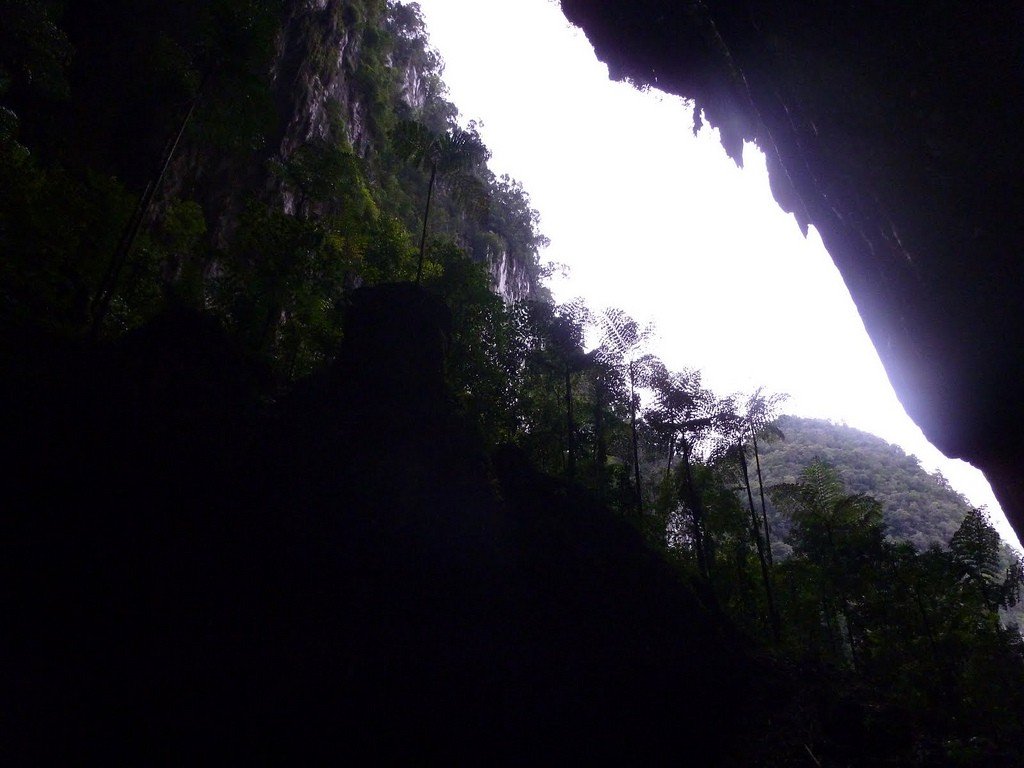
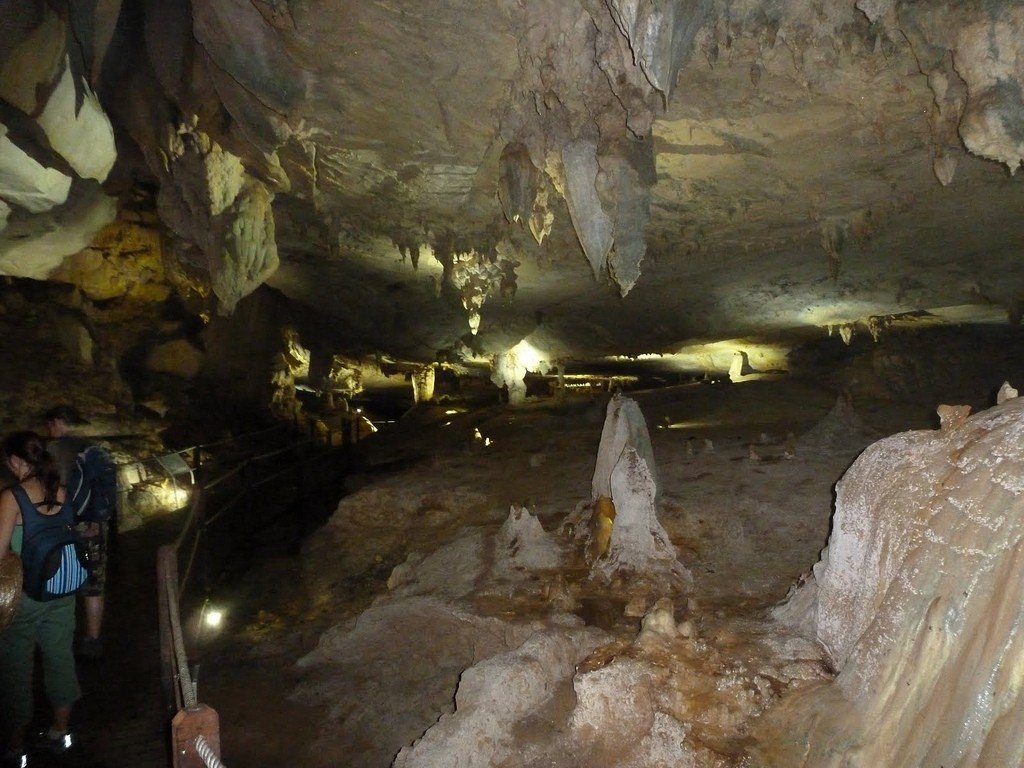
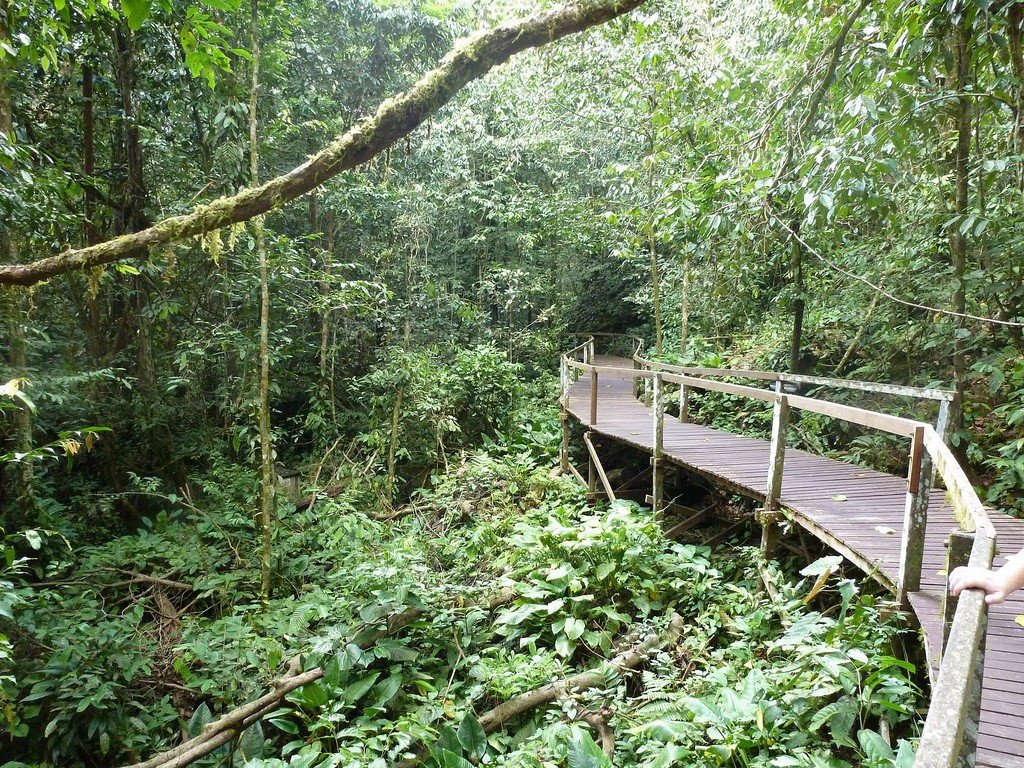
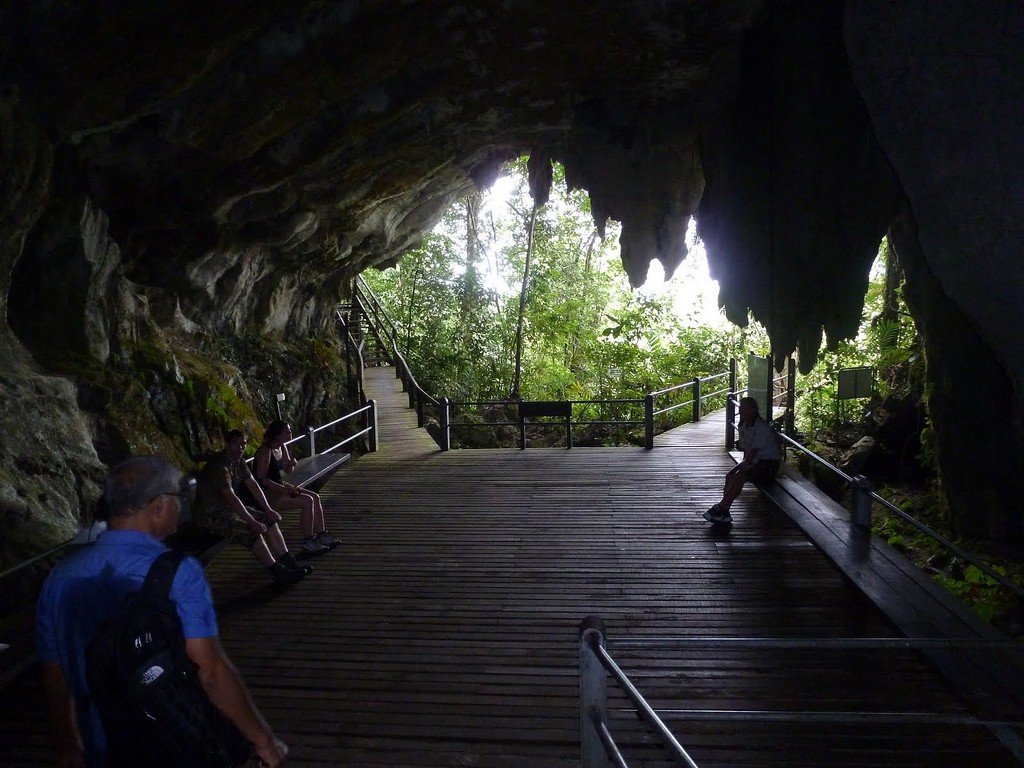
General Information
This is Sarawak’s most significant attraction. The 150 km long cave complex was first explored between 1976 and 1984. To appreciate it for what it is worth, you will need at least a two-day trip with an overnight stay. In addition, you need to have enough stamina, especially if you decide to hike to the limestone pinacles at Gunung Api (Fire Mountain).
.A 35-minute flight from Miri to the airport near Gunung Mulu headquarters is organized. Alternatively, you can reach the park headquarters (by land and boat) also from Miri, but this trip consists of four stages. First you have to take a bus or cab to Kuala Baram, the mouth of the Batang Baram River. Here you have to hire a motorboat to Marudi to catch a boat leaving at noon to Long Terawan, and then transfer to a barque and head down the Sungai Tutoh and Sungai Melinau to the park headquarters. This is the only alternative to flying, and you’ll have to spend a whole day traveling by bus and boat. Flying from Miri over the rainforest in a small airplane is considered the best way to start your stay in Mulu. Returning is recommended in exactly the same way.
.There are four main caves in Gunung Mulu that are shown to tourists – Deer Cave, Lang Cave, Clear Water Cave and Wind Cave. There are many more “wild” caves, but they are too dangerous and ecologically sensitive to be visited without special passes and qualified guides.
Sarawak-Chamber Cave, considered the largest cave in the world, has an area the size of 16 soccer fields. Tours started being taken there in 1998, but usually only hardened cave explorers are allowed in. If you’d like to see this impressive underground hall, make arrangements in advance when buying tickets.
.
The closest caves to Gunung Mulu’s headquarters are Deer Cave and Lang Cave. Deer Cave, with its huge entrance, about 2km long and up to 220m high, was once used to hide deer. It is unclear whether it was used by humans as a burial place for the dead, as there are many other caves nearby. Like many other large open caves, it is also home to millions of bats that fly out at dusk in search of food. One of the attractions of the caves is the “Adam and Eve’s shower”, a cascading waterfall that drops down from a height of 120 meters from the ceiling of the cave. Deep inside the cave – about an hour’s walk away – is a hidden green valley known as the Garden of Eden.
.Nearby is Lang Cave, which was discovered by a Berawan man named Lang who got lost while hunting wild boar. Although smaller in size, this cave has a variety of stalactites and stalagmites, as well as impressive rock “curtains.”
The cave has a large variety of stalactites and stalagmites.Clear Water and Wind Caves are only accessible by barque from Gunung Mulu Park headquarters. Clear Water Cave extends for 50 kilometers. After you pass the moss-covered stalactites near the entrance, you’ll need a good flashlight to see the limestone formations. The most hardy cave explorers can enter Wind Cave from the side of Clear Water Cave, but the rest of us should enter from the riverbank.
.To see the pinnacles, located 900m from Gunung Api, you’ll need to add extra days to your tour, but it’s impossible not to see them – they are truly mesmerizing: hundreds of giant stone needles piercing the sky like petrified ghosts, hidden under hooded cloaks, rising above the solid forest carpet. You’ll also need extra time if you want to attempt Gunung Mulu (2376m), whose summit was successfully climbed in 1932 by Lord Shackleton after earlier attempts in the 19th century had failed. The Gunung Mulu can take up to five days to climb, but experienced climbers are able to make the ascent in less than two days.
.The rich flora and fauna of the park has been the subject of many scientific studies, with 1,500 species of flowering plants, 4,000 varieties of fungi, 75 species of mammals, 262 species of birds, 50 species of reptiles and 281 species of butterflies. Among the birds, special mention should be made of the stork-billed gurials, which live along the riverbanks, and the yellow-capped bulbul, which inhabit the forests.
.
To observe the wildlife hiding under the forest canopy, you can hide on a 30m high observation tower or on a hidden platform near the park headquarters, as well as just below the 480m long canopy bridge.
.Mulu Caves
With permission, experienced cave explorers can access the less accessible Mulu Caves and wade chest-deep in water through underground streams. The best guides will give you miner’s helmets with built-in lamps, which can penetrate deep into the caves where sunlight cannot reach. You should bring very sturdy rubber rather than leather boots, plenty of socks, sturdy old clothes, a pair of gloves, and a light sleeping bag.
Bird’s nest soup
Descendants of the nomadic Penan tribe, who rediscovered the wealth of bird nests in the Nia caves in the 19th century, divided the cave into jealously guarded “shares” that are passed from father to son. To remove the nests from the cave ceiling, Penan people climb the wall more than 60 meters high on swinging bamboo poles tied together, or climb through narrow “chimneys” in the rock. As the old song goes, “Many men have managed to do it, but many men have also died” – and no one knows how many. The high price of the delicacy is due to the great risk to the hunters of this prey.
.White-bellied salanganes (a species of swifts) create such expensive nests from virtually one saliva alone, unadulterated, which feeding on seaweed makes especially sticky. The lowest quality product is called “black nest” – it is obtained when salangans mix feathers with saliva. Not everyone will appreciate such a dish, of course, but the Chinese claim that the viscous, clear soup is delicious. It’s incredibly popular in the Chinese market.
.